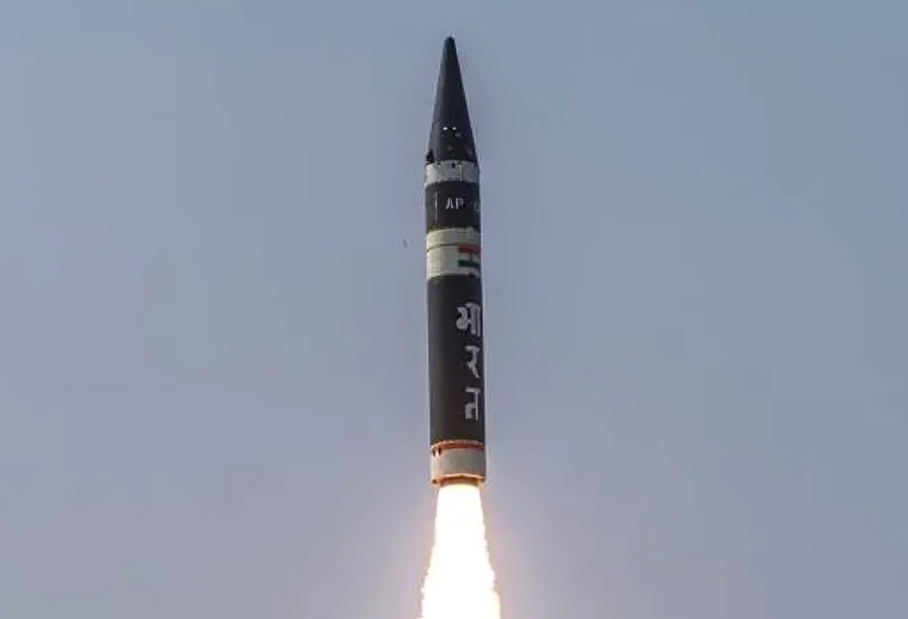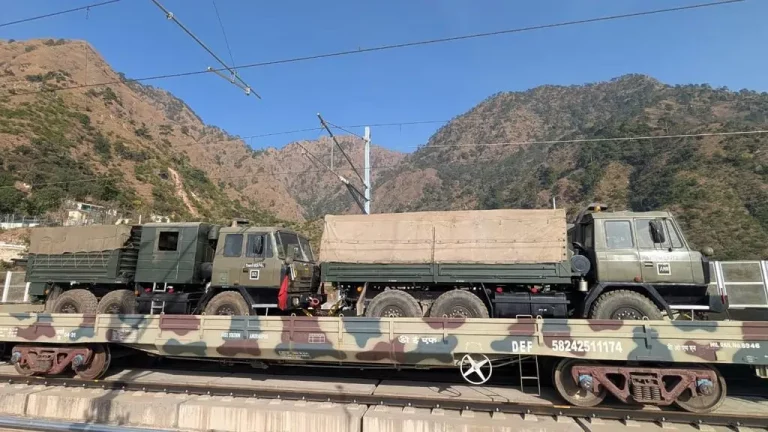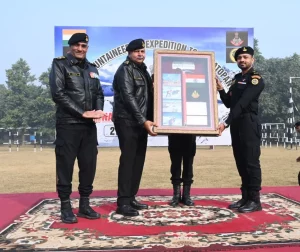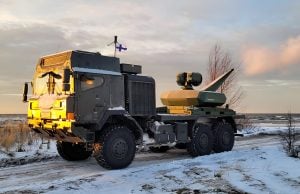India is ramping up efforts to develop an advanced version of its Agni missile system, designed specifically for penetrating deeply buried enemy structures, including command centers and fortified military installations. Spearheaded by the Defence Research and Development Organisation (DRDO), this initiative is gaining traction as attention grows globally on the effectiveness of deep-penetration strikes, particularly following the recent U.S. operations in regions like Iran.
In contrast to the U.S. GBU-57 Massive Ordnance Penetrator, which is deployed via B-2 stealth bombers, India’s strategy focuses on a missile-based delivery system. This approach promises greater operational flexibility and reduced deployment costs. The forthcoming missile is expected to be a modified variant of the Agni-5 intercontinental ballistic missile (ICBM), reconfigured to carry conventional payloads rather than nuclear warheads.
The new missile variant is being designed to deliver a formidable 7,500 kg warhead, capable of penetrating 80 to 100 meters of reinforced concrete and soil before detonation. This advanced capability is targeted toward neutralizing heavily fortified assets, such as enemy missile silos, underground bunkers, and hardened command posts.
Sources indicate that two distinct versions of the missile are currently under development. The first variant will be optimized for airburst detonations, intended to target above-ground military installations such as airbases and runways. The second will incorporate a deep-penetration warhead, mimicking the role of sophisticated bunker-buster bombs.
Despite the increase in payload, the missile is anticipated to retain an effective operational range of approximately 2,500 kilometers, thereby adequately addressing regional threats. Its performance is further enhanced by expected hypersonic speeds, ranging between Mach 8 and Mach 20, which will significantly boost its survivability and reduce the likelihood of interception.
This strategic endeavor underscores India’s commitment to enhancing its conventional strike capabilities in response to evolving regional security dynamics. With DRDO emphasizing technologies aimed at providing credible deterrence against fortified military targets, the Agni bunker-buster missile is poised to become a crucial component of India’s expanding missile arsenal.

















